Exploring the Future of Snack and Drink Vending Machines in Smart Cities
As urban landscapes evolve into smart cities, the integration of technology into daily conveniences is becoming paramount. One significant area of development is the enhancement of snack and drink vending machines, which are transforming from simple dispensers into smart retail solutions. According to a report by Global Industry Analysts, the global vending machine market is projected to reach approximately $25 billion by 2025, driven by advancements in technology and changing consumer behaviors.
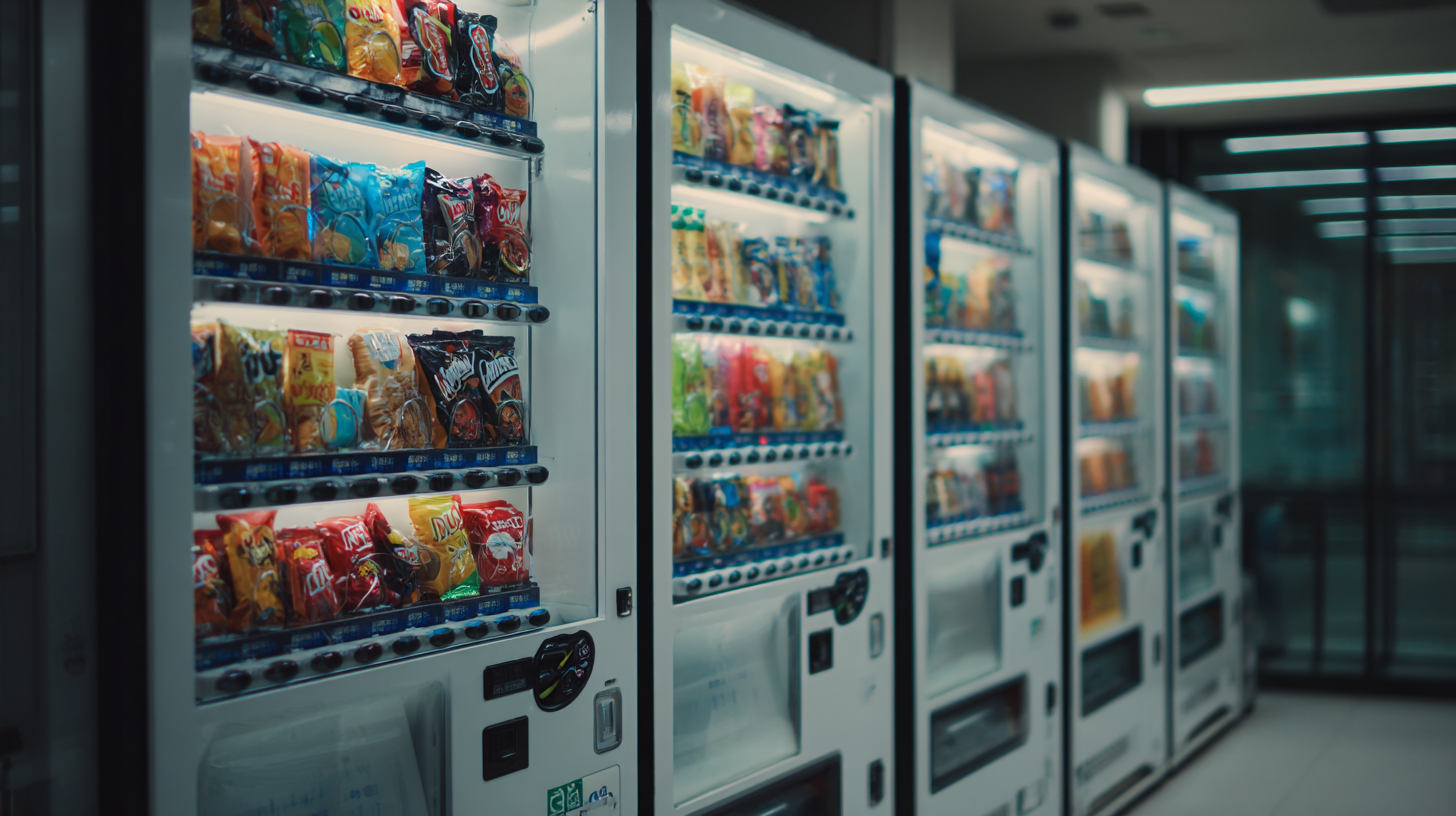
In a world increasingly focused on sustainability and health, the future design and functionality of snack and drink vending machines are likely to reflect these trends. With features like renewable energy sources and healthier snack options, these machines can play a vital role in promoting well-being while supporting the smart city ecosystem. As technology continues to advance, we can expect to see revolutionary changes in how we interact with snack and drink vending machines, making them smarter, more efficient, and capable of meeting contemporary consumer needs.
The Evolution of Vending Machines in Urban Environments
The evolution of vending machines in urban environments has witnessed remarkable advancements, especially with the integration of smart technology. According to a report by Allied Market Research, the global vending machine market is projected to reach $30.49 billion by 2027, growing at a CAGR of 9.8% from 2020 to 2027. This growth is partly driven by urbanization, with cities increasingly adopting smart solutions that cater to the fast-paced lifestyles of their inhabitants. Modern vending machines now feature touchscreens, mobile payment options, and IoT technology, enhancing consumer experiences significantly.
As smart cities develop, the functionality of vending machines is expanding beyond traditional snacks and beverages. Research from Grand View Research indicates that the healthy snack vending machine segment is expected to grow at a rate of 12.2% annually through 2025. This shift reflects increasing consumer demand for healthier food options, compelling machine operators to adapt their offerings. Smart vending solutions are also being equipped with inventory management systems and customer interaction analytics, enabling operators to optimize their supply chains in real-time. By leveraging data-driven insights, urban vending machines are becoming essential touchpoints for convenience and consumer engagement in smart city scenarios.
Integration of Smart Technology in Snack and Drink Vending
The integration of smart technology in snack and drink vending machines is transforming urban landscapes, particularly in smart cities. These advanced vending systems utilize IoT (Internet of Things) capabilities to enhance user experience and operational efficiency. For instance, real-time data analytics allow vending machines to monitor inventory levels, ensuring that popular snacks and drinks are always available. This minimizes downtime and maximizes consumer satisfaction, as users are less likely to encounter empty machines.
Moreover, smart vending machines can offer personalized recommendations based on user preferences and purchasing history. This not only creates a more engaging experience but also drives sales through targeted promotions. Additionally, contactless payment options, powered by mobile wallets and apps, make transactions swift and secure. With energy-efficient features and connectivity to city infrastructure, such machines can also contribute to sustainability efforts, reducing the carbon footprint of urban snack distribution. Overall, the fusion of smart technology with vending solutions heralds a new era of convenience and innovation in the bustling environments of smart cities.
Future of Snack and Drink Vending Machines in Smart Cities
This bar chart illustrates the projected growth percentage of smart vending machines from 2023 to 2027, reflecting the increasing integration of smart technologies in snack and drink vending solutions within smart cities.
Addressing Sustainability Challenges in Modern Vending Solutions
As smart cities evolve, sustainability challenges within modern vending solutions have come to the forefront. With the global smart vending machine market projected to grow from approximately $46.77 billion in 2025 to an impressive $113.85 billion by 2033, marking a compound annual growth rate of 11.76%, there is a distinct need for innovative approaches that prioritize environmental stewardship. This growth presents a critical opportunity for vending machine operators to implement reverse vending machine (RVM) systems designed to facilitate recycling, which is gaining traction within the industry. The market for RVMs is expected to reach $511.87 million by 2033, underscoring the increasing demand for solutions that help mitigate waste and promote a circular economy.
Adopting technology-driven solutions, such as artificial intelligence, can further enhance the sustainability of vending operations. AI can optimize inventory management, reduce energy consumption, and improve consumer engagement through personalized offerings. Reports suggest that as businesses embrace AI technologies, they can significantly accelerate their sustainability progress. With energy transformation also becoming a focal point in these smart environments, integrating microgrid systems into vending operations could provide efficient energy management, ensuring that these machines not only serve convenience but also contribute positively to urban sustainability goals.
Exploring the Future of Snack and Drink Vending Machines in Smart Cities - Addressing Sustainability Challenges in Modern Vending Solutions
| Feature | Current Trend | Sustainability Impact | Future Prospects |
|---|---|---|---|
| Smart Payment Systems | Contactless payments via mobile apps | Reduces cash handling and promotes digital transaction | Integration with blockchain for enhanced security |
| Product Variety | Healthier snack choices rising in popularity | Supports dietary preferences and reduces junk food intake | Increased demand for organic and local products |
| Energy Efficiency | Solar-powered options emerging | Reduction in carbon footprint | Further innovations in renewable energy integrations |
| User Engagement | Interactive screens and gamified experiences | Encourages responsible consumption | Smart recommendations based on user preferences |
| Waste Management | Implementation of recycling programs | Encourages recycling behavior among consumers | Partnerships with local recycling facilities |
Consumer Trends Driving Innovation in Vending Machine Offerings
The evolution of vending machines in smart cities is significantly influenced by changing consumer trends that emphasize convenience, health, and sustainability. As urban populations grow, instant access to snacks and beverages becomes essential. Consumers are increasingly seeking out vending machines that not only provide traditional offerings but also cater to specific dietary needs such as gluten-free, vegan, and organic products. This shift is driving manufacturers to innovate, incorporating fresh and wholesome ingredients that align with healthier lifestyles.
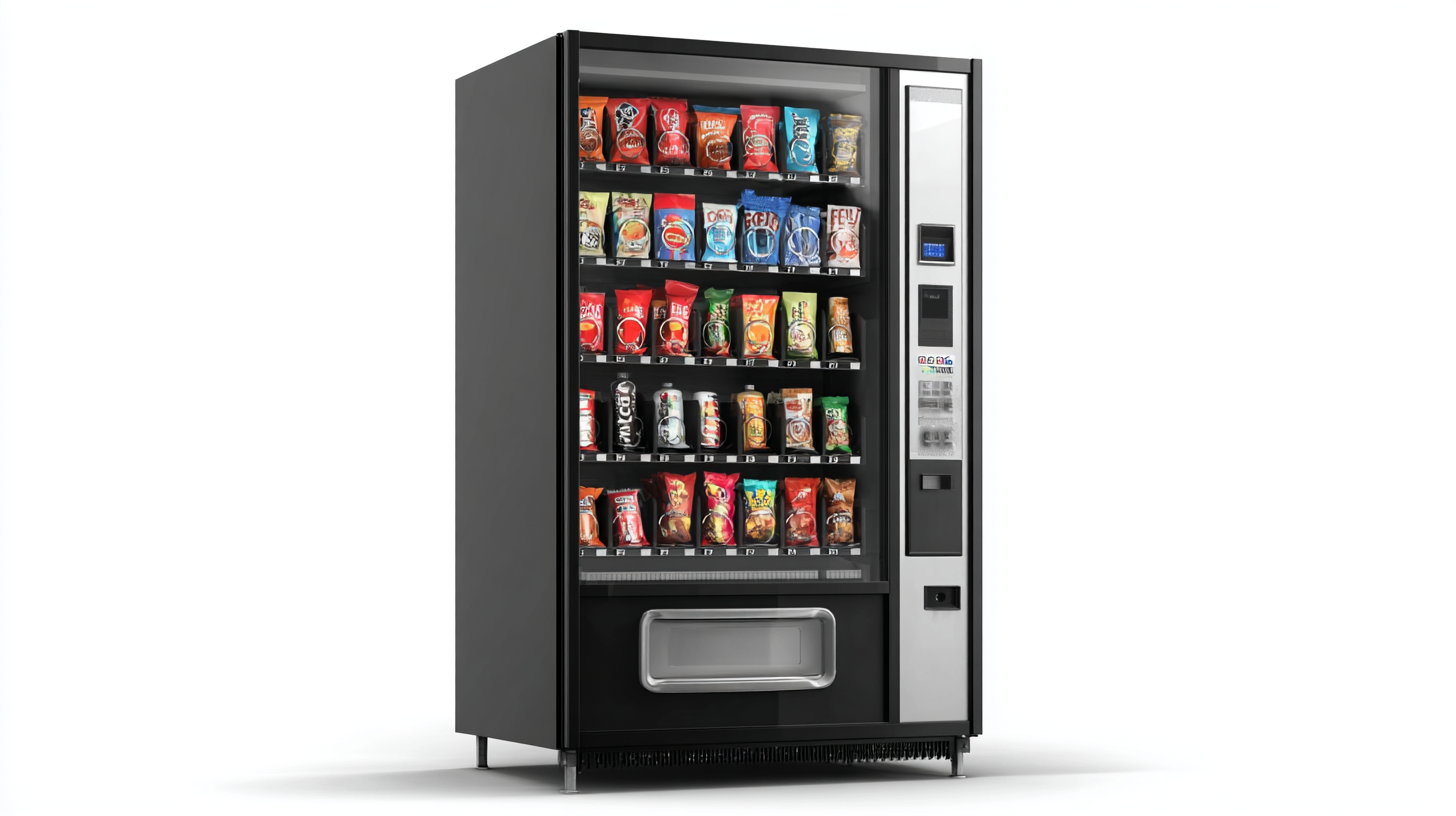
Additionally, there is a growing interest in technology-driven vending solutions. Consumers are gravitating towards machines equipped with smart payment options, including mobile wallets and contactless payments, enhancing the user experience. Interactive screens that offer nutritional information and personalization features also play a crucial role in attracting tech-savvy customers. Furthermore, as environmental concerns rise, many businesses are adopting eco-friendly practices, such as biodegradable packaging and energy-efficient machines. These trends illustrate how the future of snack and drink vending machines is not merely about convenience, but also about aligning with the values and preferences of modern consumers.
Enhancing User Experience Through Interactive Vending Features
The future of snack and drink vending machines in smart cities is poised for transformation, particularly through the integration of interactive features that enhance user experience. As the North American vending market is projected to grow significantly, from $9.39 billion in 2025 to $21.76 billion by 2032 with a compound annual growth rate of 12.7%, there's a clear opportunity to innovate in this space.

Interactive vending machines can leverage digital screens and touch interfaces to allow users to customize their purchases, access nutritional information, and even engage in loyalty programs. This personal touch can create a more engaging shopping experience, attracting tech-savvy consumers who prefer personalized interactions.
Tips: Consider incorporating interactive elements like QR codes that link to promotional deals or user feedback forms to enhance customer engagement. Additionally, utilizing machine learning algorithms can help analyze purchasing patterns, allowing for more tailored product selections that cater to local tastes. Making vending machines not just transactional points but interactive experiences will be key in establishing them as integral components of modern smart cities.
Related Posts
-

Ultimate Guide to Maximizing Profits with Snack and Drink Vending Machines
-

5 Essential Tips for Finding the Best Vending Machine Locations Worldwide
-

10 Best IT Vending Machines Transforming Workspaces in 2023
-
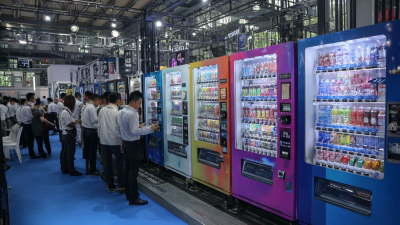
Exploring Vending Machines Market Trends at the 138th China Import and Export Fair 2025
-
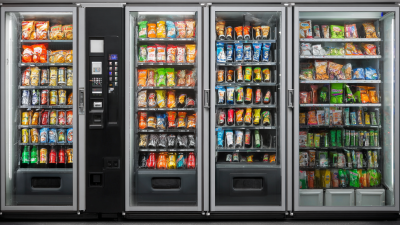
7 Smart Tips for Optimizing Your Snack and Drink Vending Machine Business
-
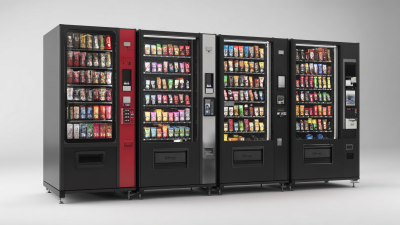
10 Essential Tips to Enhance Your Combo Vending Machines Performance
